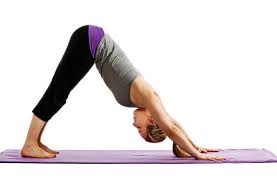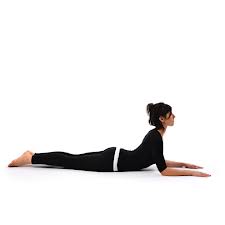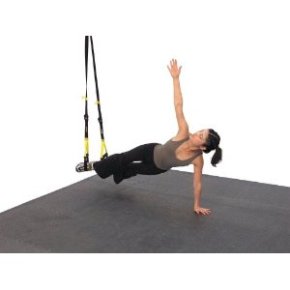Have you ever started your day with good intentions but went to bed feeling lousy and emotionally depleted? Have you ever been stuck in traffic and started feeling impatient or sensed you were about to become unglued? As humans, typical responses may sound something like this: “Why me?” “What have I done to deserve this?” “Things never go my way!” “I doubt tomorrow will get any better.”
Unfortunately, life deals us these experiences all the time and characteristically we often respond with adverse feelings. Sometimes it’s so automatic, we don’t even realize it. Having been similar situations, I am convinced that what we ponder becomes a reality. Subsequently, if you find yourself trapped in a mind-set of “never having things go your way”, don’t be surprised if you’re proven right. It’s a form of self-justification for perceived failure… a voice in our head that can also discourage us from eating right, exercising, getting enough rest and feeling our best.
For example, think about some of the things you have said to yourself over the past week. What do you tell yourself when you look in the mirror? “Gosh, I’m getting old.” “Look at my stomach.” “Boy, I look tired and worn out.” “I can’t keep up with anything anymore!”
Luckily, we can turn this all around with confidence in a fundamental truth. Success comes to those who work hard and expect to be successful. “If you can believe it, you can be it.” This thought alone may be an effective approach for overcoming objections and apprehensions associated with exercise and eating. Stat by allowing yourself to maintain confidence in your abilities! See yourself achieving your health and fitness goals! Picture yourself physically fit, healthy and active. When you put your brain in action, overcoming obstacles and motivational challenges becomes easier than justifying failures with excuses.
Expect that you are the greatest you can be, even before you are. It works!
Turning Objections into Successes!
#1 “I don’t have time to exercise.” “I have all the time in the world!”
Exercise doesn’t have to take a lot of time. You can shorten the sessions, walk in place while watching TV, or do some fast-paced chores around the house. If you are working at a desk, keep a resistance band near by. Stand up, stretch and perform a band exercise for every 20 minutes of sitting.
#2 “I’m too tired.” “I feel great!”
Exercise increases circulation, brings more oxygen to the working muscles and releases feel-good hormones (endorphins) to combat fatigue. If you are felling tired, exercise will pep you up!
#3 “Exercise is boring.” “ I love exercise and staying active!”
Exercise doesn’t have to be boring. Pick activities you enjoy! Maybe it’s gardening, dancing, walking with friends or leisurely riding a bike. Make exercise fun!
#4 “I never reach my goals.” “I can do this!”
Sometimes we set our goals too high and expect immediate results. If you establish small, realistic goals, you are more likely to achieve them. Instead of trying to exercise 5-6 days/week, try for 2-3 days/week. If it’s weight loss, plan on losing no more than 1-2 pounds/week, not 5-10 pounds/week.
#5 “I don’t like to sweat.” “It feels good to sweat and release toxins.”
If you truly don’t like to sweat, try non-sweaty exercises like gentle yoga or stretching. If you have access to a pool, swim laps or join an aqua aerobic class.
#6 “My joints hurt.” “Exercise can help my joint pain.”
Physical activity is crucial for people with joint pain. Lack of exercise can make your joints even more painful and stiff. It weakens supporting muscles around the joint, ultimately creating more stress and more pain.
#7 “I can’t control my eating habits!” “Eating healthy nourishes my body.”
If you struggle with poor eating habits, keep trigger foods out-of-sight and out-of mind. Be mindful of portion sizes. Ask yourself if the foods you choose are going to honor your body or supply you with empty calories, excess sugar and fat.
# 8 “I gain weight just looking at food.” “I’m strong, focused and healthy.”
Your eyes cannot control weight gain. You body burns calories based on demand. If you are eating too much and exercising too little, or eating the wrong types and quantity of foods, you will most likely gain weight. If you stay focused, you can lose weight.







